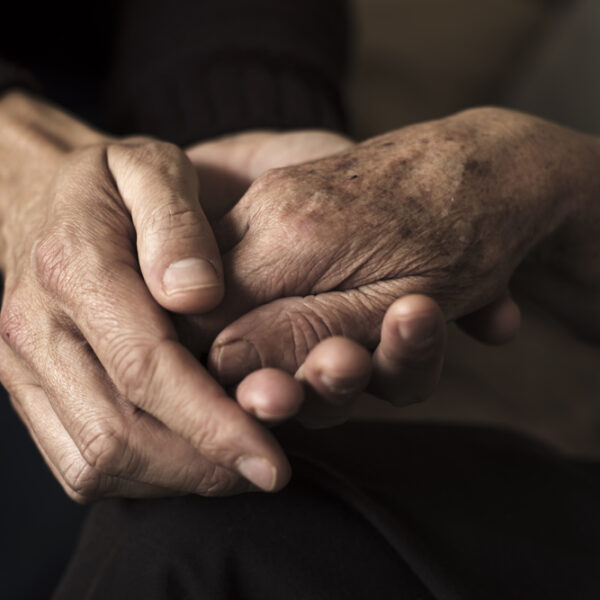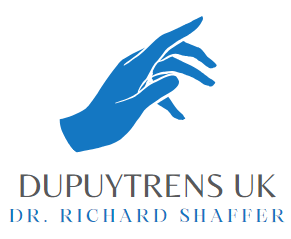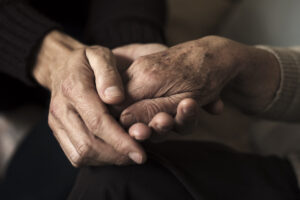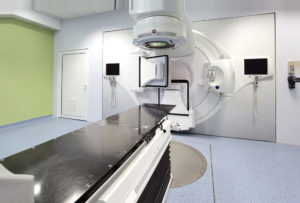
This blog post is how to treat patients with radiotherapy for Dupuytren’s disease who do not strictly fit the NICE guidelines. Such documents aim to simplify reality by fitting each patient into a clearly defined category.
In particular, the guidelines state that radiotherapy can be used for patients with early Dupuytren’s disease (i.e. where there is no contracture or very mild contracture of less than 10 degrees), but not for those with advanced Dupuytren’s disease (i.e. where there is a contracture of more than 10 degrees).
But life is a little more complicated than that. I’ll use two examples to illustrate this:
A 50 year old man has disease on his left hand
He has a 15 degree contracture of the ring finger and has nodules and cords in his palm. He understands that radiotherapy would not be effective for the existing contracture of his finger. Over the last few months he has become worried about two new areas of disease: One on the middle finger, which is starting to make the finger tight (but not contracted), and another in the web space between his thumb and index finger.
So, you could argue that he has advanced disease, so that according to the strictest reading of the guidelines radiotherapy has nothing to offer. Indeed, he realises that radiotherapy cannot help with the contracture of his ring finger. However, the reason why he came to see me was to ask whether radiotherapy can help with the new nodules, in order to stop them getting worse, and also to keep his other (currently straight) fingers from forming a contracture.
Logically, this seems to make sense. Although he has some areas of advanced (and by implication biologically inactive) disease, he also has some currently active areas that would benefit from radiotherapy, and I would feel happy offering this to him.
A 50 year old man has a 35 degree contracture of the ring finger
As above, he has actively growing areas of disease elsewhere on his palm. He tells me that he is going to have a needle aponeurotomy to release the contracture, and asks me whether I would give radiotherapy after that to treat the palm (which, as I discuss above, I would do). He also asks me whether radiotherapy to the finger that he will have released will be of any use.
This second question is an interesting one. The advantage of needle aponeurotomy (NA) is that it is a non-invasive and effective way of releasing contractures. However, in the majority of cases, the contracture returns within 2-3 years. So the hypothesis is that the needle would release the contracture, and radiotherapy would then keep the newly straight finger straight.
This seems to me to be an attractive proposition, but there is no published evidence out there on this treatment concept. I’ve treated a number of patients in this way, and am keeping records on how those patients do, and will publish the results when I have at least two years of follow-up on a sufficient number of patients.
I hope that these two examples illustrate that when faced with a question about radiotherapy for a complicated Dupuytren’s patient, it is important to think a little outside the box, to take into account the expectations of the patient, to clearly define what radiotherapy will and won’t achieve, and to individualise treatment for each patient.






